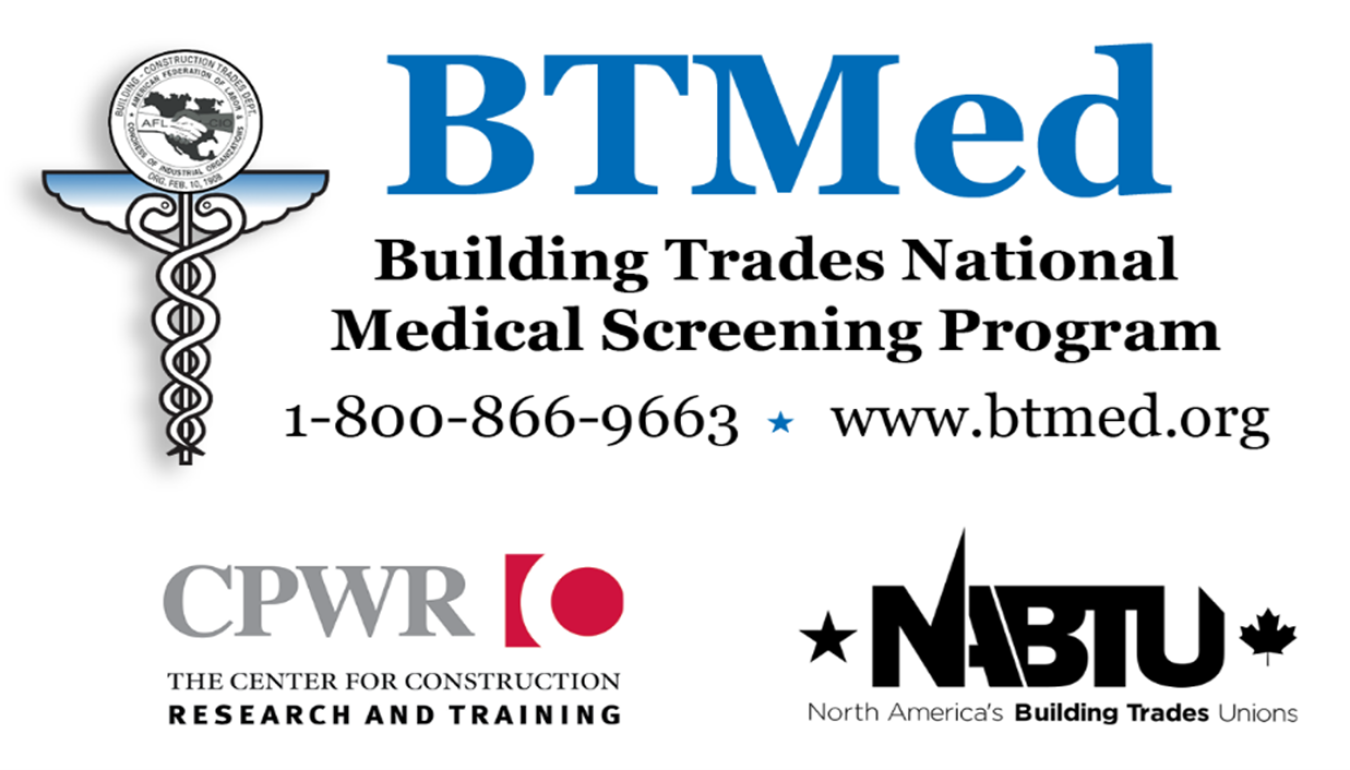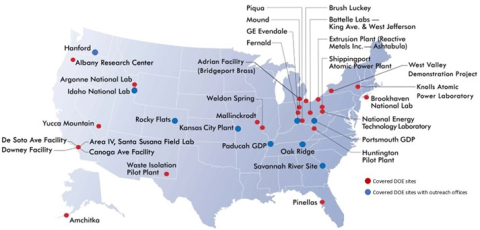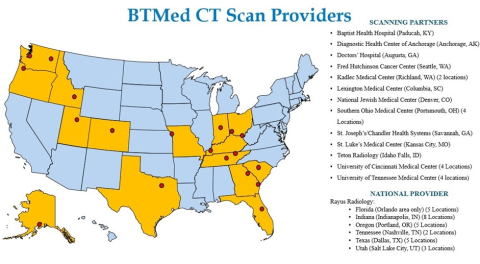Who We Are:
The Building Trades National Medical Screening Program (BTMed) is administered by CPWR – The Center for Construction Research and Training, the health and safety research center of North America’s Building Trades Unions, in partnership with Duke University Medical Center, University of Maryland School of Medicine, and Zenith-American Solutions. BTMed is funded by a cooperative agreement from the Department of Energy.
Contact Information:
Toll-Free Number: 1-800-866-9663 / 1-888-464-0009
Email: btmed@btmed.org
Website: www.btmed.org
Facebook: www.facebook.com/BTMed/
What We Do:
The Building Trades National Medical Screening Program (BTMed) provides free, ongoing medical screening services to construction workers previously employed at thirty-five (35) U.S. Department of Energy (DOE) nuclear weapons sites. Over its quarter-century of work, BTMed has completed over 50,000 screening exams, as well as over 12,000 CT scans for early detection of lung cancer. These exams are provided by over 200 medical clinics — at least one in every state — across the country.
Construction workers have been exposed to toxic substances and hazardous conditions for decades, increasing their risk for occupational illnesses. The screenings—which workers are eligible for every three years—help identify work-related health conditions at an early, more treatable stage and contribute to these workers’ overall health and well-being. BTMed has saved lives, helped workers and their families with compensation, and demonstrated to DOE that construction workers need better safety and health protections. The program is well appreciated by its participants and currently records a perfect 100% satisfaction rating.
BTMed covers former construction workers from 35 Department of Energy sites across the country and maintains nine outreach offices.
Reaching Workers
This year BTMed staff remained busy enrolling new participants and engaging existing ones. Highlights from the past year include:
- Participating in 112 in-person events—building trades meetings, retiree meetings, and community fairs.
- Attending and staffing booths at the Savannah River Site Safety Expo, the Oak Ridge Y-12 Family Day, the ORNL Benefits & Wellness Fair, and the 2025 Fluor-BWXT Portsmouth Health & Safety Fair.
- Attending and staffing a booth at the 2025 American Occupational Health Conference (AOHC) hosted by the American College of Occupational and Environmental Medicine (ACOEM). BTMed Medical Director Marianne Cloeren presented on “Key Findings from the Building Trades National Medical Screening Program.”
- Attending and distributing materials at the 2025 North America’s Building Trades Union (NABTU) Legislative Conference in Washington, DC.
What We Have Found:
Important Occupational Health Findings
a. Conventional Medical Screening Exams
- Chest x-rays (N=25,207, participants receiving at least one CXR): 18.9 percent of participants demonstrated findings consistent with work-related lung disease.
- Pulmonary function tests (N=24,723 participants receiving at least one PFT): 23.0 percent of participants demonstrated findings consistent with obstructive disease.
- Beryllium Lymphocyte Proliferation Tests (BeLPT) (N=23,872 participants receiving at least one BeLPT): 2.1 percent of participants had at least one abnormal BeLPT.
- Audiometry (N=23,259 participants receiving at least one audiogram): 65.6 percent of participants demonstrated hearing loss for normal speech tones.
b. Early Lung Cancer Detection Program Exams
Former DOE construction workers are at very high risk for lung cancer. Those who meet specified risk criteria are eligible for BTMed’s Early Lung Cancer Detection (ELCD) Program. BTMed uses low-dose CT scans to detect lung cancer at an earlier, more treatable stage. BTMed partners with 15 CT providers to deliver these services at 48 locations. Among them is a national provider, which will enhance participant access by offering a wider network of scanner locations.
Among 2,167 participants tested to date:
- 73 have been diagnosed with primary lung cancer.
- 55 of the 73 (75.3 percent) had an early-stage lung cancer (carcinoma in situ, Stage I or Stage II non-small cell cancer. or limited small cell cancer) at the time of diagnosis.
BTMed and Research:
Using Research to Improve Health. Since last year’s annual report, our researchers published three peer-reviewed journal article based on BTMed participants’ data in the American Journal of Industrial Medicine:
Colorectal Cancer (CRC) Screening in Occupational Health Surveillance Exams Is Associated with Decreased CRC Mortality. BTMed researchers conducted a study of nearly 26,922 BTMed participants. CRC screening participation was higher among BTMed participants than in the general population. BTMed participants who completed the FIT test (fecal immunochemical test), which is the test that has used since 2015 to screen for colorectal cancer (CRC), had a 61% reduced mortality rate from CRC than those who did not complete the FIT test. This demonstrated that participation in CRC screening has a significant impact on CRC mortality, and that occupational health practices should consider including CRC screening.
Hearing Loss is Associated with Increased Mortality in a Cohort of Older Construction Trades Workers. BTMed researchers conducted a study of 19,379 BTMed participants and found there was a significant association between hearing loss and all-cause mortality. The risk of mortality increased for those with more severe hearing loss compared to those with mild hearing loss. Participants with speech frequency hearing loss who used hearing aids had a 30% reduced risk of mortality compared to those with hearing loss who did not use hearing aids. This demonstrated that efforts to prevent occupational noise exposures should be given greater priority, workers’ compensation should offer better coverage for occupational hearing loss caused by chronic noise exposure, and hearing aids should be universally covered under health insurance due to the substantial impact of hearing aids in reducing premature mortality deserves more recognition.
Is Work‐Related Hearing Loss Associated With Dementia? Evidence From a High‐Risk Population. BTMed researchers examined the association between hearing loss and dementia in a population at high risk for hearing loss from occupational exposures. The study—which consisted of 24,958 BTMed participants, 55% of whom have hearing loss—linked occupational hearing loss with dementia, with the likelihood increasing with more severe hearing loss. This study is one of the first studies (if not, the first) to look at how noise-induced and chemical-induced hearing loss is associated with dementia. It demonstrated the importance of getting hearing tests, wearing hearing protection, and using hearing aids.
Visit www.btmed.org/cms/publications/published-medical-findings/ to read the full papers. BTMed has completed and published 28 studies in scientific literature.
BTMed Medical Team
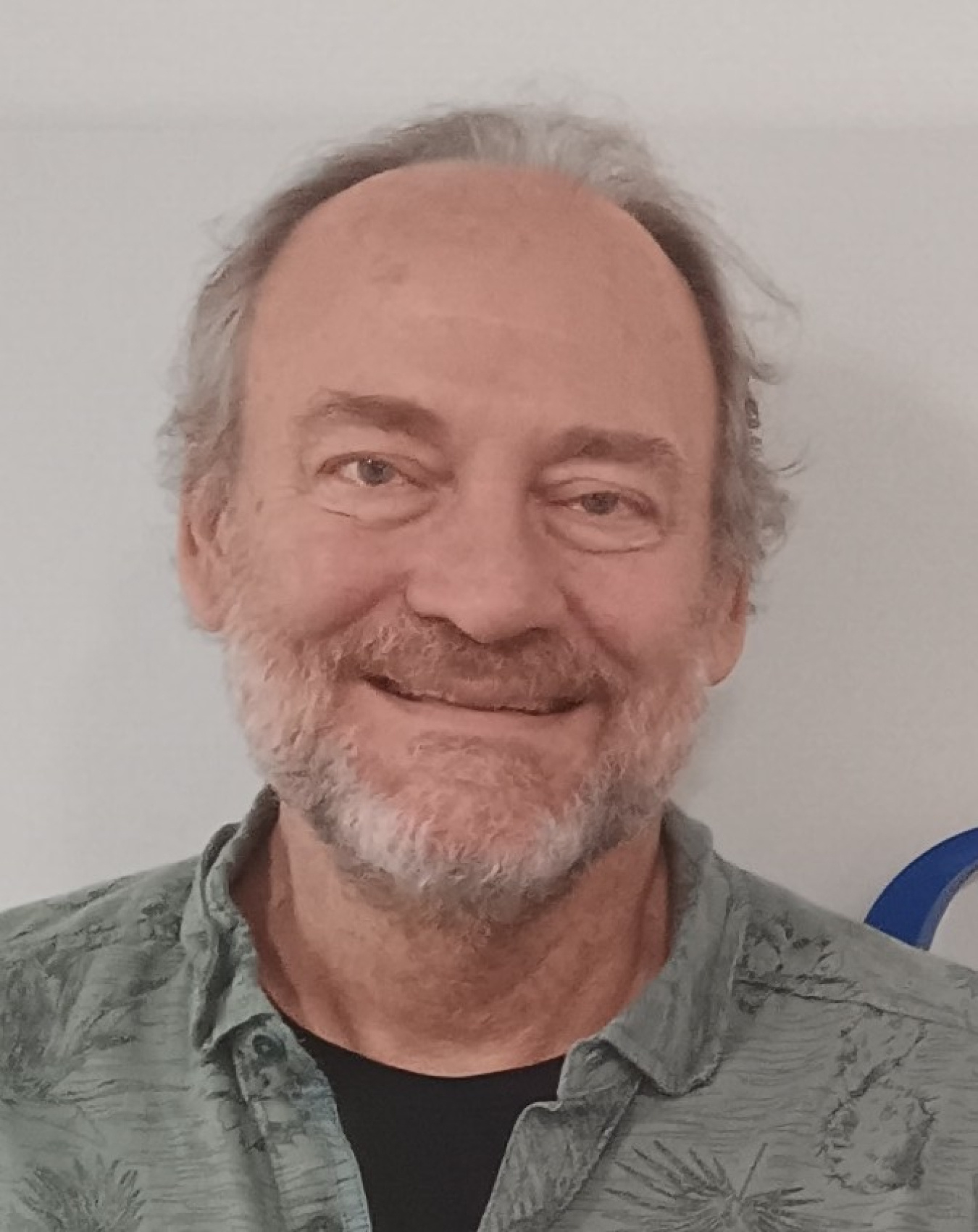
Rick Rinehart, ScD
Principal Investigator, BTMed
Dr. Rick Rinehart is an accomplished leader in occupational health with more than 30 years of experience advancing worker safety, health, and wellbeing. Throughout his career, he has focused on building evidence, forging consensus, and driving change to improve the lives of workers at a population level. For over two decades, Dr. Rinehart has held leadership roles in national and global initiatives addressing complex health and safety challenges, emphasizing research, practical solutions, and reliable data to measure impact. He earned his doctorate in occupational health and a master’s in industrial hygiene from the Harvard School of Public Health. His career includes important contributions at NIOSH, where he helped launch the Prevention through Design Initiative, and at OSHA’s Directorate of Construction, where he served as an epidemiologist and subject matter expert on national data collection strategies. Since 2018, Dr. Rinehart has served as Deputy Director at CPWR—The Center for Construction Research and Training. Recently, he became Principal Investigator of the Building Trades National Medical Screening Program (BTMed), continuing the legacy of a mentor who pioneered medical screening for former DOE construction workers, a program that evolved into BTMed (www.btmed.org).
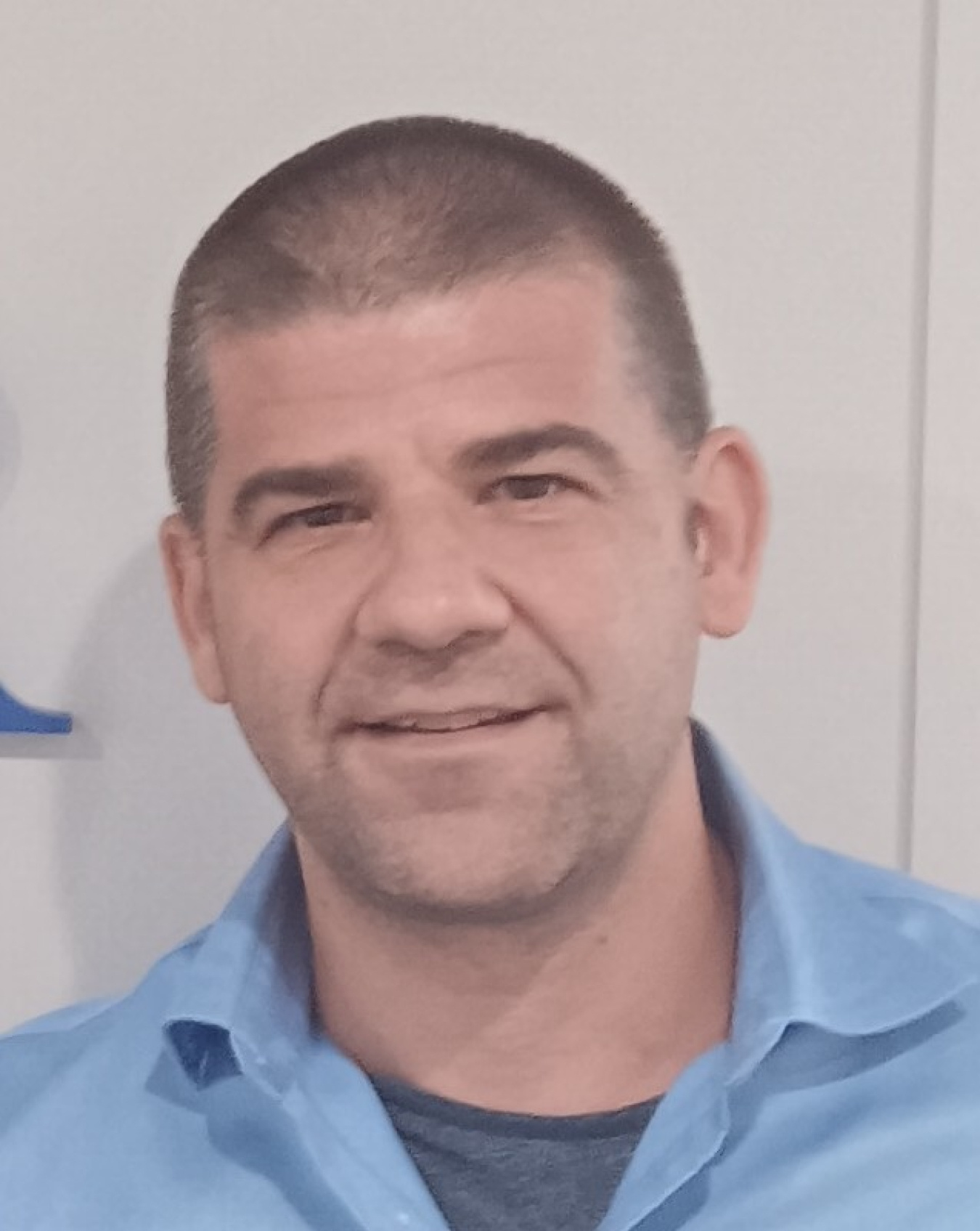
Miles Fisher, MA
Program Director, BTMed
Miles Fisher began with BTMed back in June 2005, after graduating from Cornell University’s School of Industrial and Labor Relations. For ten years, he helped the program expand—lending much of his efforts to outreach—while also EEOICPA claimants verify their employment on DOE sites. He remained with BTMed until 2015, and returned in 2022 as Assistant Program Director before taking over the role as Program Director. As a member of the BTMed leadership team, he oversees day-to-day operations and directs the administration of all aspects of the program, including key areas such as screening services, outreach, and quality assurance.

Marianne Cloeren, MD, MPH, FACOEM, FACP
Co-Medical Director, BTMed
Dr. Marianne Cloeren has decades of experience managing teams of clinicians, serving as Medical Director for a variety of private and government programs. Her work experience includes interacting with remote nurse case managers, managing quality assurance and audits, and delivering effective and well-reasoned case reviews in a federal program. She has written and overseen the production of tens of thousands of such reviews.
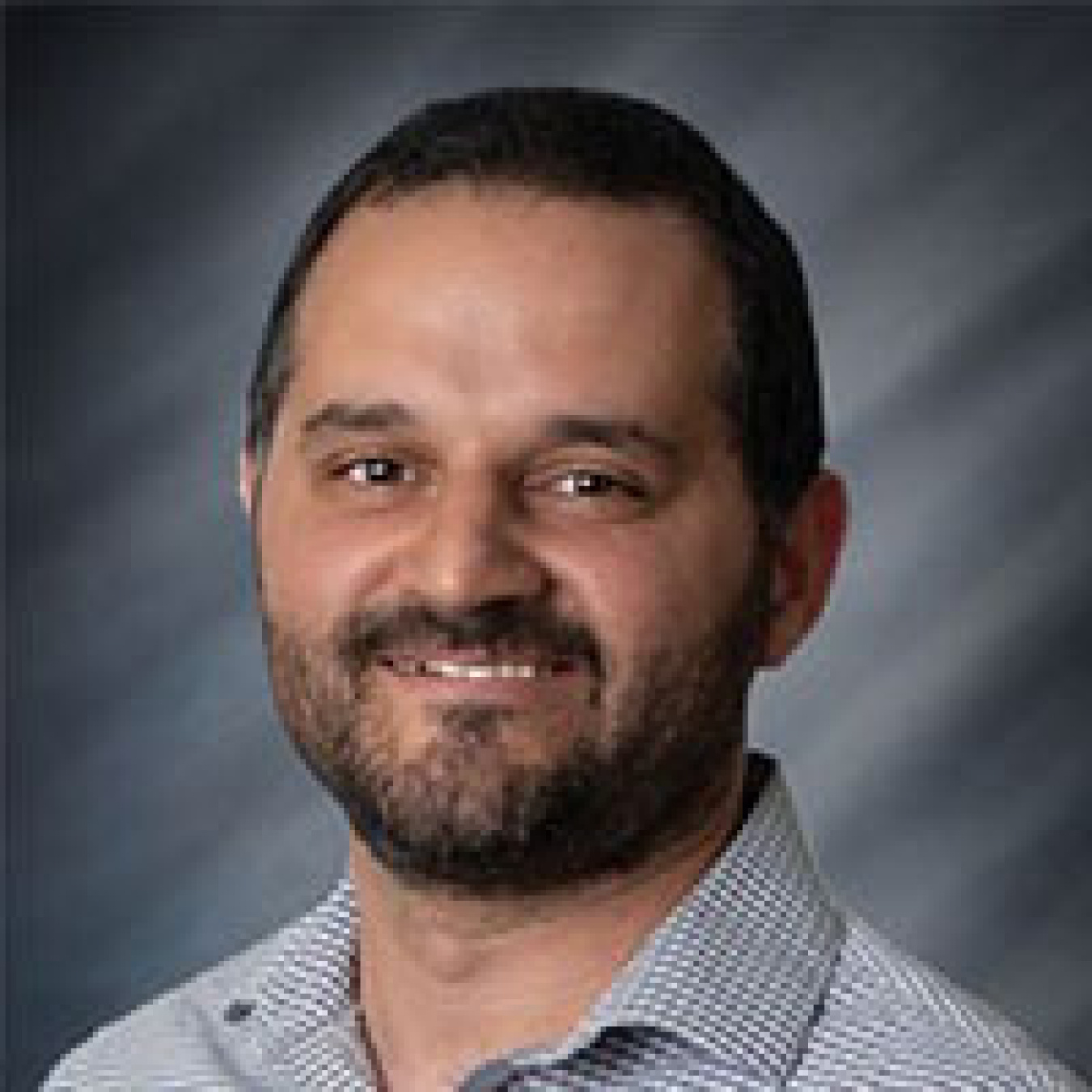
Sammy Almashat, MD, MPH
Co-Medical Director, BTMed
Dr. Almashat is trained in both Preventive Medicine and Occupational Medicine, with a background in public health advocacy. His work experience includes clinical occupational medicine and advocacy work with Public Citizen, including research to support establishing occupational beryllium rules.
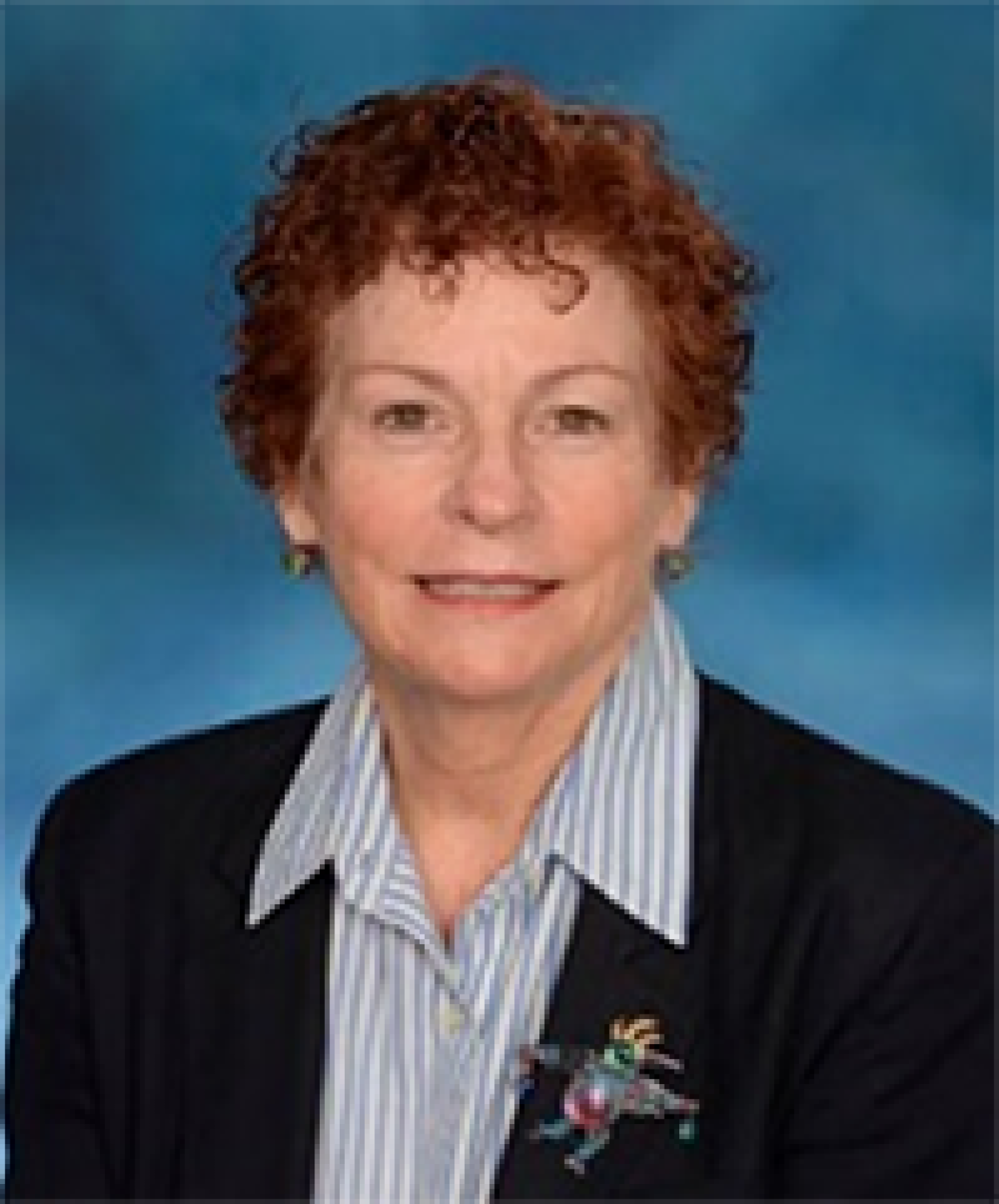
Melissa McDiarmid, MD, MPH
Senior Medical Advisor, BTMed
Dr. Melissa McDiarmid is a clinical toxicologist who is board-certified in Internal Medicine and Occupational Medicine; she heads the University of Maryland Division of Occupational and Environmental Medicine. A seasoned clinician and researcher, she is an expert in medical surveillance programs and cancer related to occupational exposures.
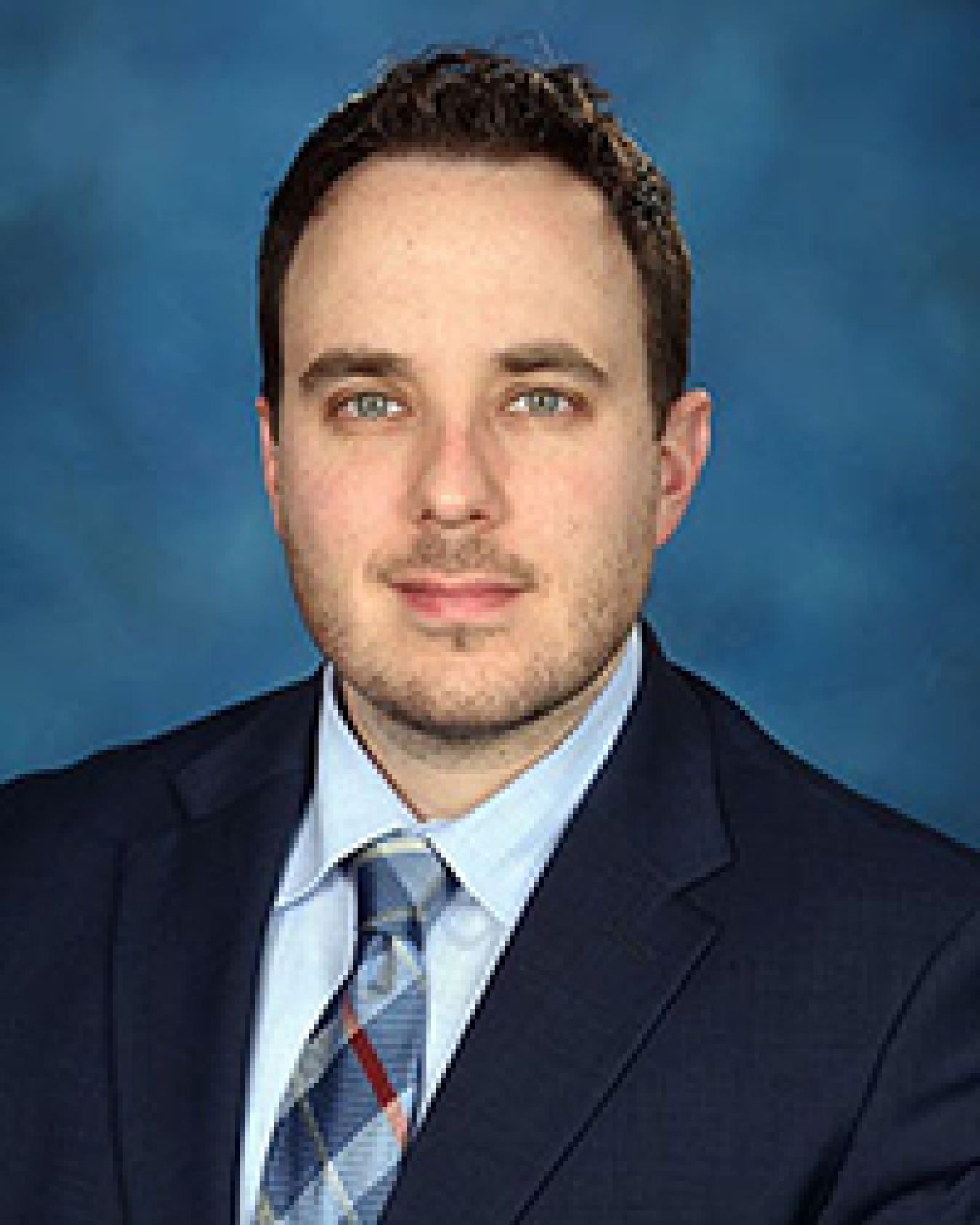
William Grier, MD
Senior Medical Advisor, BTMed
Dr. Grier is an academic pulmonologist with clinical and research interests focusing on increasing enrollment in lung cancer screening, improving rates of follow-up Low Dose CTs, pulmonary nodules, and impact of exposure history on lung cancer. His research includes work on mesothelioma and military exposure risks.


